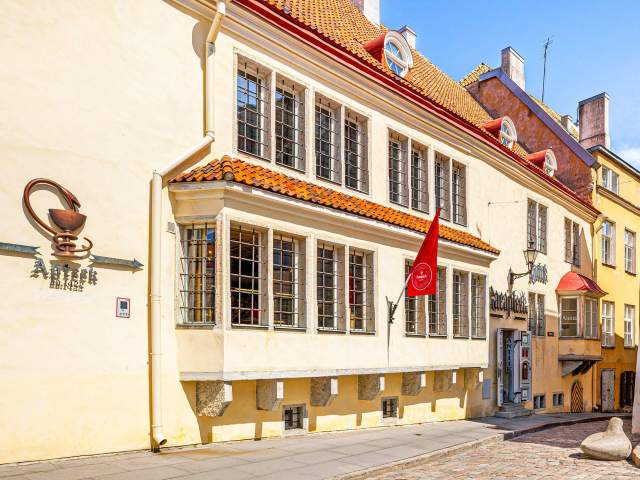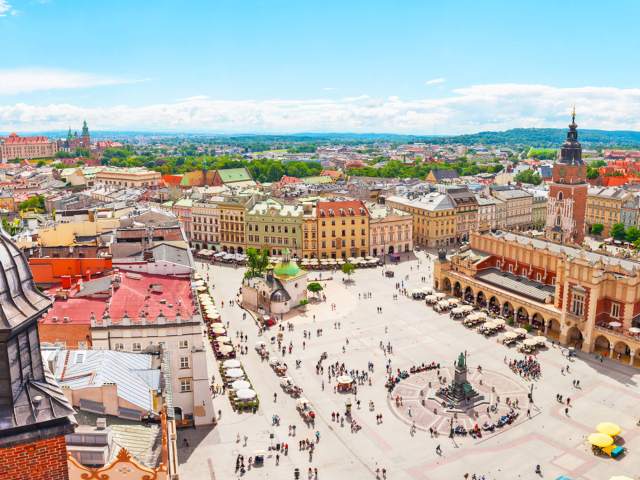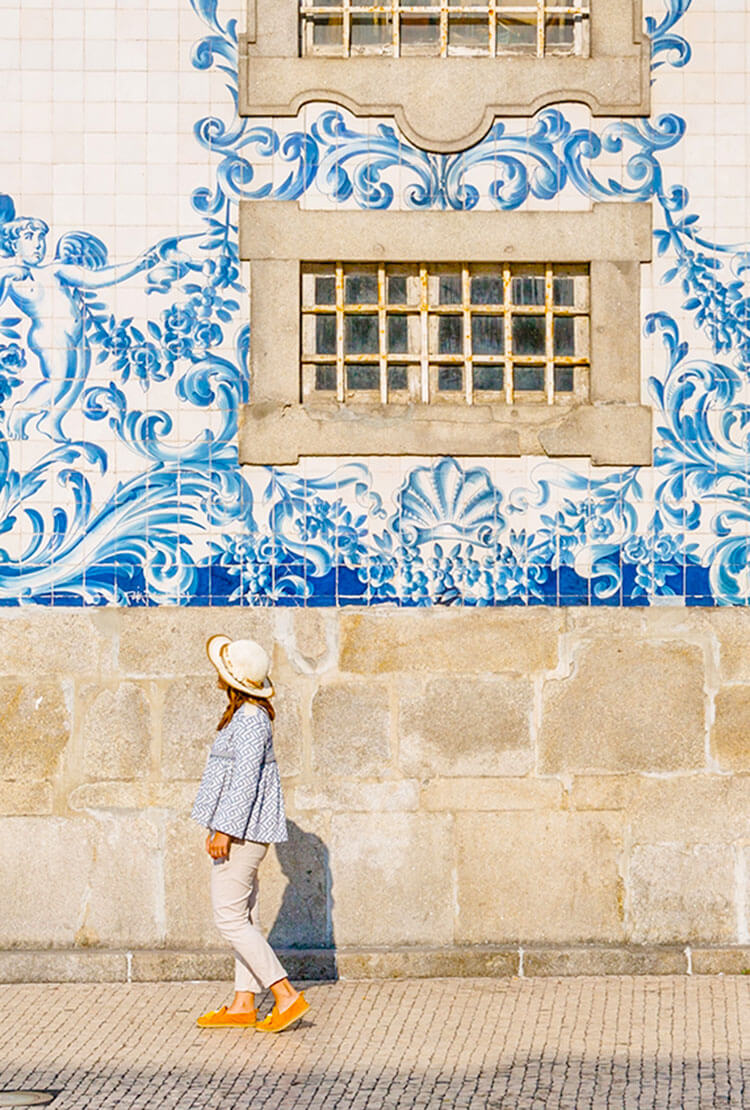America’s oldest cities are filled with fascinating history, but the fact remains that the United States is a relatively young country. For those looking to walk in the footsteps of those who came centuries before us, Europe offers no shortage of charming and well-preserved old towns to wander. But while many of these places — such as Bruges, Prague, and Vienna — are popular with tourists for a reason, they can get quite crowded. Instead, we’ve picked five of our favorite underrated, but no less magical, European old towns to visit.
Valletta, Malta

A living Baroque museum, Malta’s fortified capital city (the smallest capital in the European Union) overlooks the Mediterranean from a hilly peninsula above two natural harbors. After withstanding a four-month siege by the Ottoman Empire in 1565, the Knights of the Order of St. John constructed the fort as a convalescent home for soldiers, as well as a refuge for pilgrims drawn to the area by the Crusades.
Today, Valletta is one of the nation’s three UNESCO World Heritage Sites. There are 320 monuments packed into an area around a quarter of a square mile, making it one of the most concentrated historical sites in the world. Among the highlights are 25 churches, including the gilded and wildly opulent St. John’s Co-Cathedral. A gem of Baroque architecture in its own right, the cathedral is nonetheless best known for The Beheading of St. John the Baptist, an enormous oil painting by the Renaissance master Caravaggio. After the museums and churches, visitors can enjoy the capital’s lively restaurants, coffeehouses, galleries, and boutiques.
Tallin, Estonia

Home to one of northern Europe’s best-preserved old towns, Estonia’s capital is a fairy tale of Gothic spires, medieval architecture, and cobblestoned streets lined with ornate churches and showy mansions built by wealthy merchants. A UNESCO World Heritage Site, the Baltic seaport is a portal back to the 13th century, when it first came to prominence as an important trading center for the Hanseatic League, a confederation of merchant guilds and market towns in Germany and northern Europe.
Today, visitors will find the Raeapteek, Europe’s oldest continuously operating pharmacy, which dates to 1422. You can still purchase klaret, a medieval wine containing 14% alcohol that was used as a remedy, as well as marzipan, once believed to heal a broken heart. The Christmas market erected in the Old Town Hall Square is among the continent’s most beautiful, and the view from the town hall’s 15th-century tower is spectacular in any season. In the upper section of Old Town, don’t miss the onion-domed Russian Cathedral, as well as the imposing Toompea Castle.
Krakow, Poland

So culturally rich and well preserved is Krakow’s historic center that it made the inaugural list of UNESCO World Heritage Sites in 1978, alongside only 11 other places on Earth. And at the heart of this 13th-century enclave sits the Old Town Square, the continent’s largest market square, covering an astonishing 40,000 square feet.
Not quite bisecting the space is the Sukiennice Cloth Hall, considered one of the world’s oldest shopping malls, where you can still find textile vendors among the other handicraft stalls inside. The neighboring Town Hall Tower — Krakow’s slightly leaning answer to Pisa — is the only remaining portion of the medieval town hall. Along the edges of the square, you’ll find all manner of restaurant, pub, and café behind Polish baroque facades. You’ll also find a study in church contrasts, from the imposing red St. Mary’s Basilica to the intimate, understated Church of St. Adalbert — one of the oldest stone structures in the nation.
Porto, Portugal

Ribeira, short for Praça da Ribeira, is one of Porto’s oldest and most beautiful neighborhoods, hugging the hillside along the scenic banks of the Douro River. It’s considered the heart of this picturesque Portugese city, with winding medieval streets, cobblestone alleyways, narrow stairways, colorful stucco buildings, lively bars, and traditional Portuguese tavernas.
Your first stops should be at a cafe along the riverbank — you’ll be in the shadow of the impressive Ponte de D. Luís, a wrought steel bridge spanning over 550 feet wide. The bridge, which opened in 1886, was built by Téophile Seyrig, a business partner of France’s Gustave Eiffel, who later constructed his namesake Paris tower. After coffee, head straight to the Elevador da Ribeira. The elevator was built in 1994 to offer locals easier access from hilly Ribeira to the Barredo neighborhood, but visitors are keen to hop on for the vistas as it travels from the riverbank up to a terrace with postcard-perfect views of Porto.
Bologna, Italy

This northern Italian city is known for its historic porticoes, inscribed on the UNESCO World Heritage List in 2021. The colonnaded emblems of Bologna are both visually striking and endlessly convenient — and there’s no better place to walk in case of downpours or punishing sun. They’re also legally required, or so the authorities declared in 1288, when every resident of “the city and suburbs, in places where it is customary for porticoes to exist,” was ordered to “have a portico built if it is not already in place” and furthermore, to “be responsible in perpetuity for its maintenance.”
Colonnaded walkways supporting enclosed upper levels had been cropping up streetside in Bologna for well over a century by that point — largely as a means of expanding living and commercial space without flouting construction limits — but the citywide mandate was something new. Little wonder Bologna is now home to some 40 miles’ worth of porticoes, not least the 17th-century Portico di San Luca. Said to be the longest covered walkway on Earth, the 12,000-foot portico leads to the hilltop sanctuary of the Madonna di San Luca and is used as her symbolic shelter during an annual religious procession each May.
Featured image credit: iacomino FRiMAGES/ Shutterstock
More from our network
Daily Passport is part of Optimism, which publishes content that uplifts, informs, and inspires.























